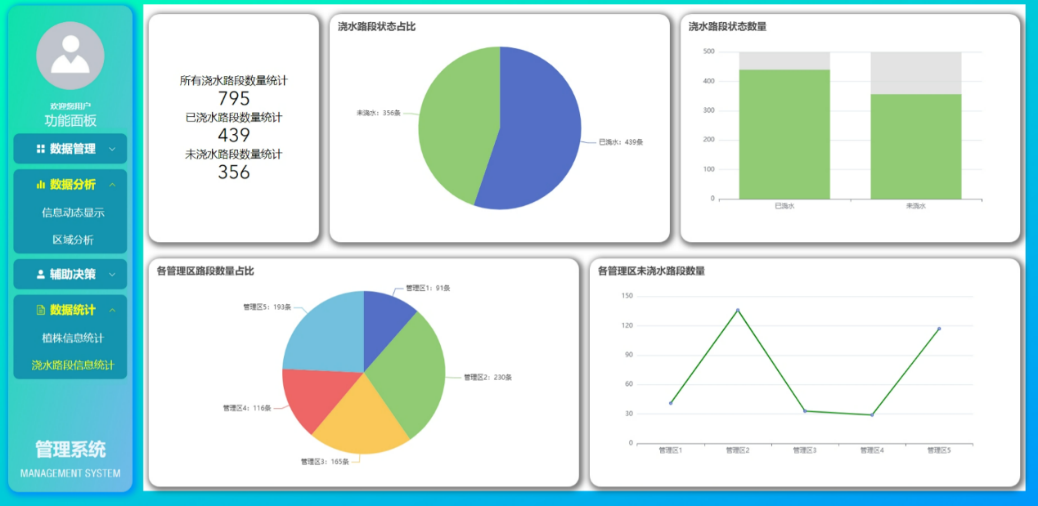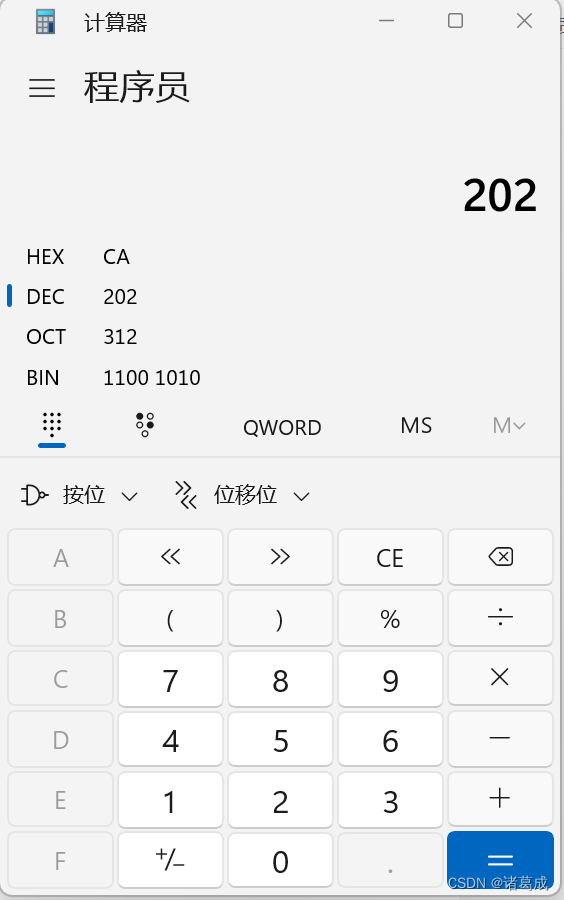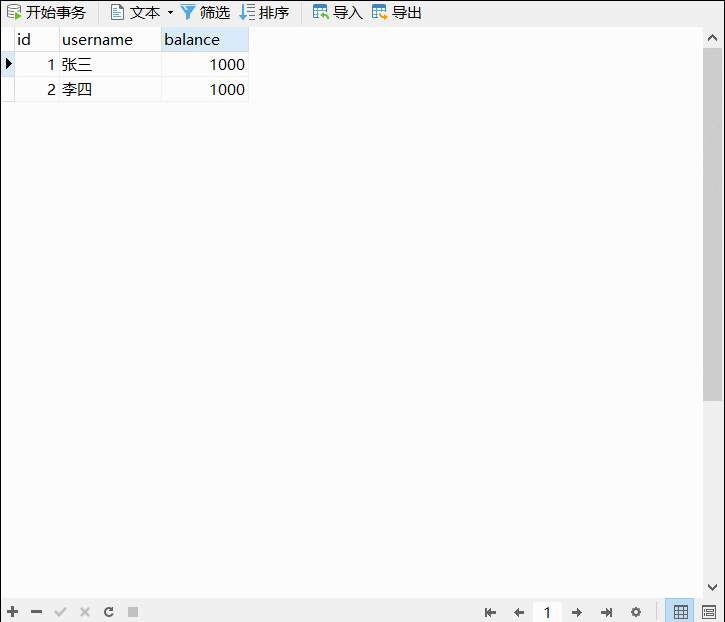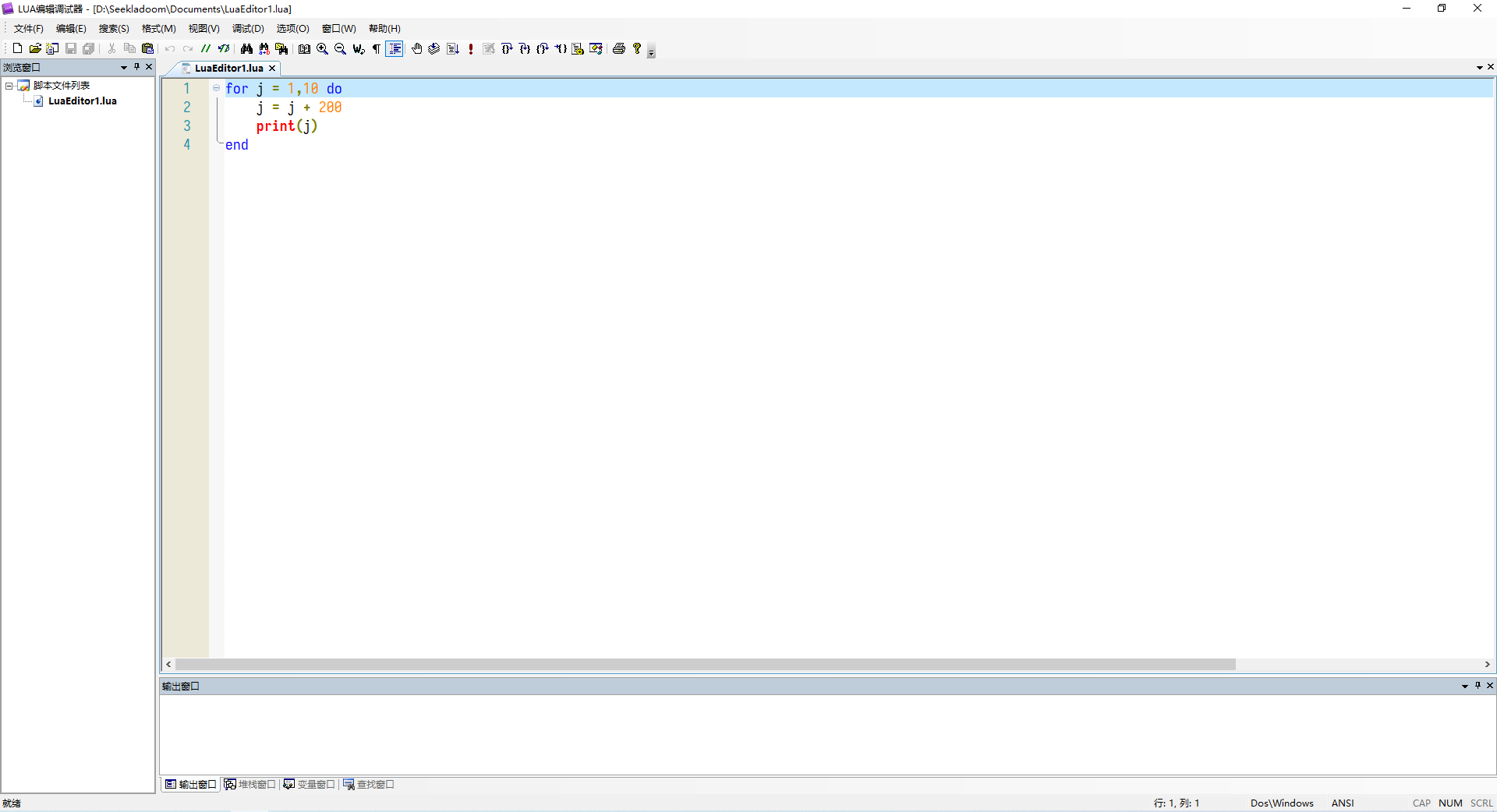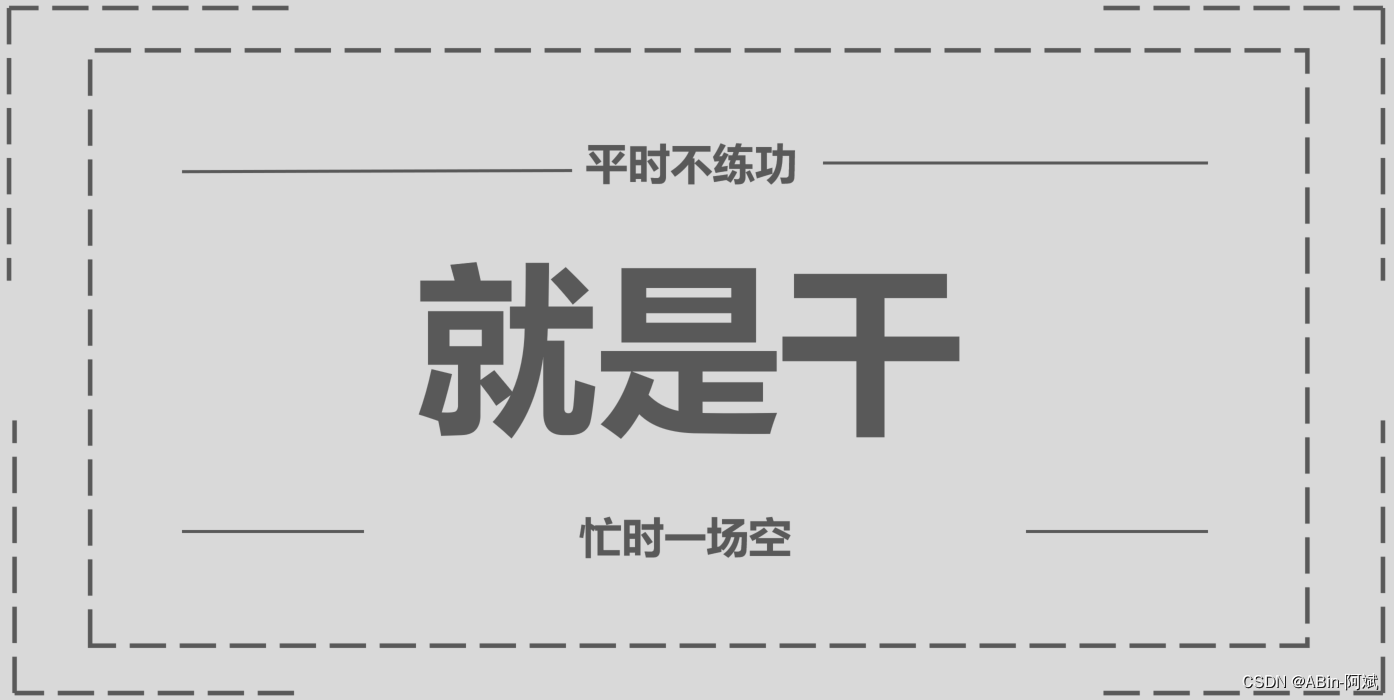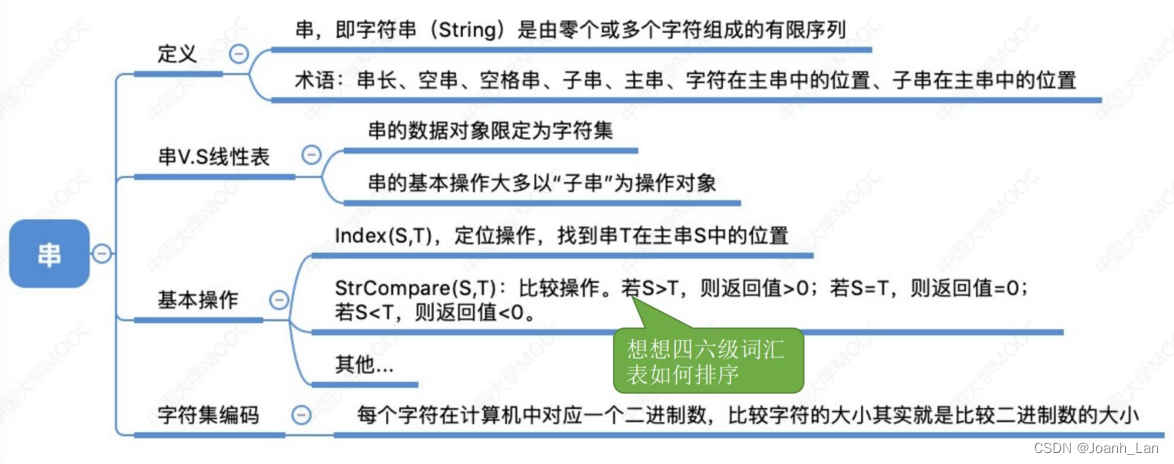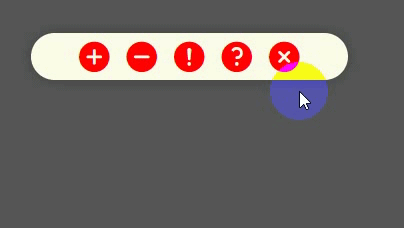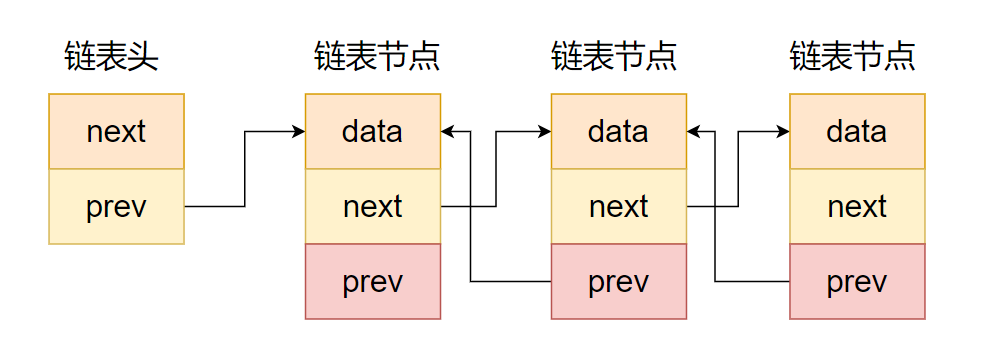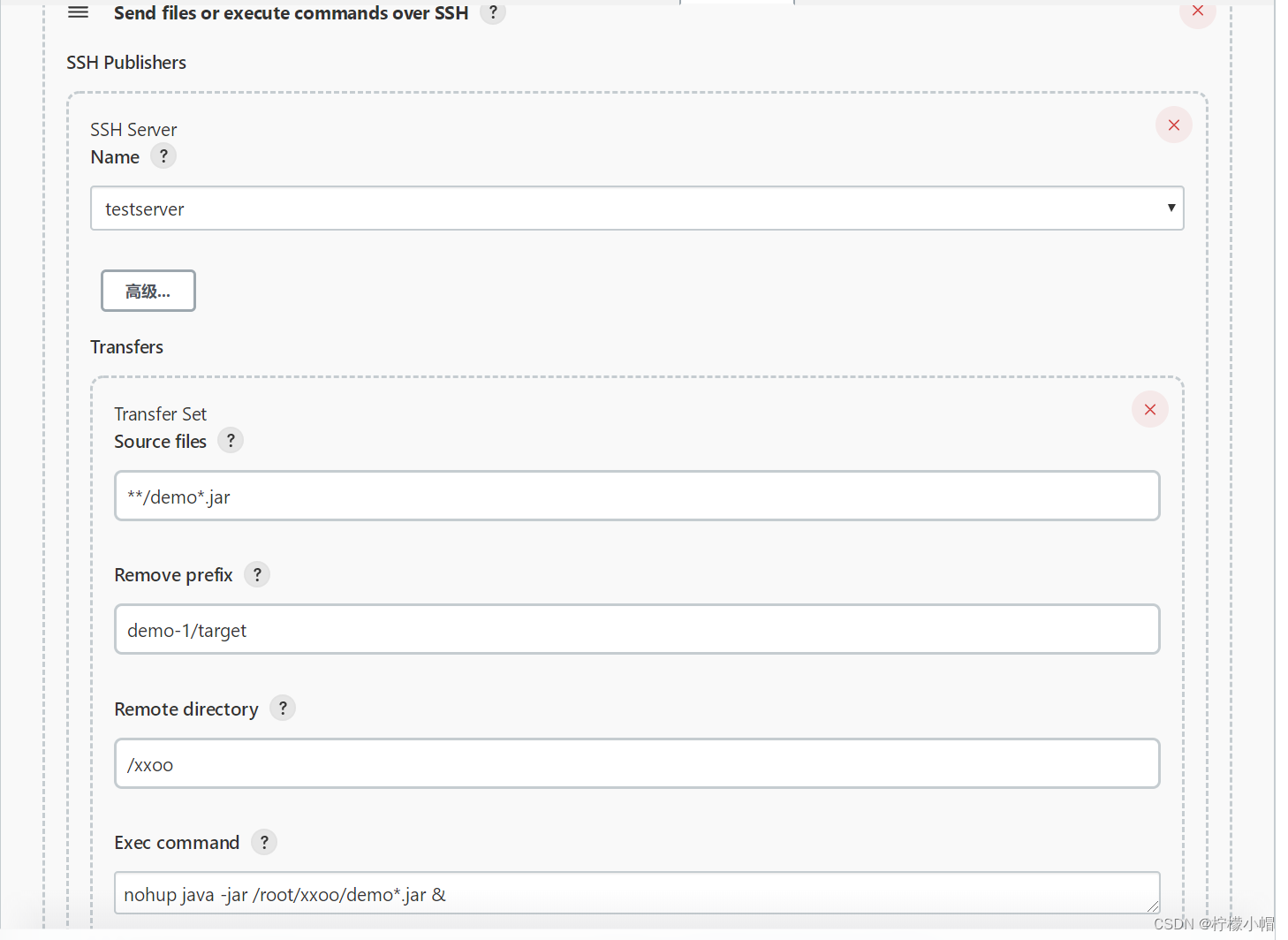RESP协议
Redis是一个CS架构的软件,通信一般分两步(不包括pipeline和PubSub):
① 客户端(client)向服务端(server)发送一条命令
② 服务端解析并执行命令,返回响应结果给客户端
客户端发送命令的格式、服务端响应结果的格式必须有一个规范,这个规范就是通信协议。
在Redis中采用的是RESP(Redis Serialization Protocol)协议中:
- Redis 1.2版本引入了RESP协议
- Redis 2.0版本中成为与Redis服务端通信的标准,称为RESP2
- Redis 6.0版本中,从RESP2升级到了RESP3协议,增加了更多数据类型并且支持6.0的新特性–客户端缓存
目前,默认使用的依然是RESP2协议。
数据类型(五种)
-
单行字符串:首字节是 ‘+’ ,后面跟上单行字符串,以CRLF( “\r\n” )结尾。例如返回"OK": “+OK\r\n”
-
错误(Errors):首字节是 ‘-’ ,与单行字符串格式一样,只是字符串是异常信息,例如:“-Error message\r\n”
-
数值:首字节是 ‘:’ ,后面跟上数字格式的字符串,以CRLF结尾。例如:“:10\r\n”
-
多行字符串:首字节是 ‘$’ ,表示二进制安全的字符串,最大支持512MB:
- 如果大小为0,则代表空字符串:“$0\r\n\r\n”
- 如果大小为-1,则代表不存在:“$-1\r\n”

-
数组:首字节是 ‘*****’,后面跟上数组元素个数,再跟上元素,元素数据类型不限:

简易Redis客服端
public class RedisClientDemo {
static Socket s;
static PrintWriter writer;
static BufferedReader reader;
public static void main(String[] args) {
try {
// 1.建立连接
String host = "**.**.**.**";
int port = 6379;
s = new Socket(host, port);
Object obj;
// 2.获取输出流、输入流
writer = new PrintWriter(new OutputStreamWriter(s.getOutputStream(), StandardCharsets.UTF_8));
reader = new BufferedReader(new InputStreamReader(s.getInputStream(), StandardCharsets.UTF_8));
// 3.发出请求
// 3.1.获取授权 auth root
// sendRequest("auth", "root");
// Object obj = handleResponse();
// System.out.println("obj = " + obj);
// 3.2.set name 虎哥
sendRequest("set", "name", "虎哥");
// 4.解析响应
obj = handleResponse();
System.out.println("obj = " + obj);
// 3.2.get name
sendRequest("get", "name");
obj = handleResponse();
System.out.println("obj = " + obj);
sendRequest("mget", "name", "num", "msg");
obj = handleResponse();
System.out.println("obj = " + obj);
sendRequest("ping");
obj = handleResponse();
System.out.println("obj = " + obj);
} catch (IOException e) {
e.printStackTrace();
} finally {
// 5.释放连接
try {
if (reader != null) reader.close();
} catch (IOException e) {
e.printStackTrace();
}
try {
if (writer != null) writer.close();
} catch (Exception e) {
e.printStackTrace();
}
try {
if (s != null) s.close();
} catch (IOException e) {
e.printStackTrace();
}
}
}
private static Object handleResponse() throws IOException {
// 读取首字节
int prefix = reader.read();
// 判断数据类型标示
switch (prefix) {
case '+': // 单行字符串,直接读一行
return reader.readLine();
case '-': // 异常,也读一行
throw new RuntimeException(reader.readLine());
case ':': // 数字
return Long.parseLong(reader.readLine());
case '$': // 多行字符串
// 先读长度
int len = Integer.parseInt(reader.readLine());
if (len == -1) {
return null;
}
if (len == 0) {
return "";
}
// 再读数据,读len个字节。我们假设没有特殊字符,所以读一行(简化)
return reader.readLine();
case '*':
return readBulkString();
default:
throw new RuntimeException("错误的数据格式!");
}
}
private static Object readBulkString() throws IOException {
// 获取数组大小
int len = Integer.parseInt(reader.readLine());
if (len <= 0) {
return null;
}
// 定义集合,接收多个元素
List<Object> list = new ArrayList<>(len);
// 遍历,依次读取每个元素
for (int i = 0; i < len; i++) {
list.add(handleResponse());
}
return list;
}
// set name 虎哥
/*
*3\r\n
$3\r\n
set\r\n
$4\r\n
name\r\n
$6\r\n
虎哥\r\n
*/
private static void sendRequest(String... args) {
writer.println("*" + args.length);
for (String arg : args) {
writer.println("$" + arg.getBytes(StandardCharsets.UTF_8).length);
writer.println(arg);
}
writer.flush();
}
}




![[AJAX]原生AJAX——自定义请求头](https://img-blog.csdnimg.cn/dc882c50c1fe4df19d6f39d1f1f24885.png)
